SISCO's best compact and portable three-in-1 multifunctional power meter is designed for convenience and ease of use. It includes an automatic shutdown feature, a low battery alert, and a built-in light, ensuring it meets diverse testing needs. Its user-friendly design makes it an essential tool for professionals on the go.
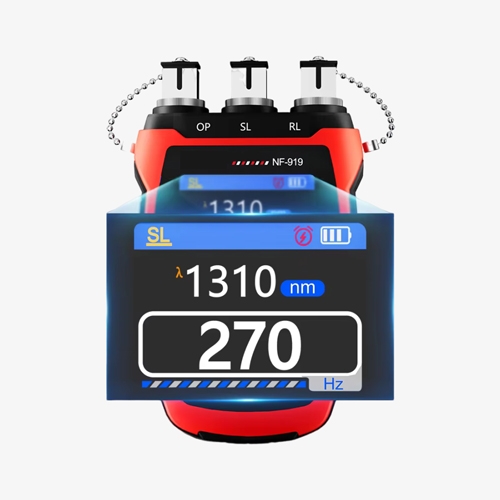
Vivid Display, Auto-Off, Impact Resistant Optical Power Meter
- High-Definition Large Color Screen: Upgraded high-definition digital display screen with rich colors, providing clear and easy-to-read data.
- Intelligent Standby Mode: Features an intelligent standby mode with an auto shutdown function, turning off automatically after 30 minutes of inactivity.
- ABS Engineering Plastic With Silicone Edge Protection: The portable optical fiber power meter is surrounded by protective edges, providing better shock absorption during drops and reducing the risk of damage.
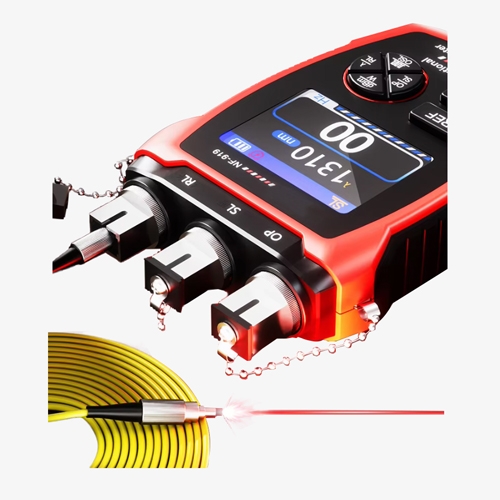
Advanced Designs and Illumination Functions
- Protective Cap for Interface: Pearl chain-style protective cap safeguards the metal pen tip, extending its lifespan.
- Powerful 10mW Red Light Source: Strong penetration, small optical fiber concentration and divergence, easily penetrates long-distance optical fiber, and quickly detects line continuity.
- High-Quality Laser Head: Stable light emission, strong light source, easy to penetrate long-distance optical fiber, used together to improve work efficiency
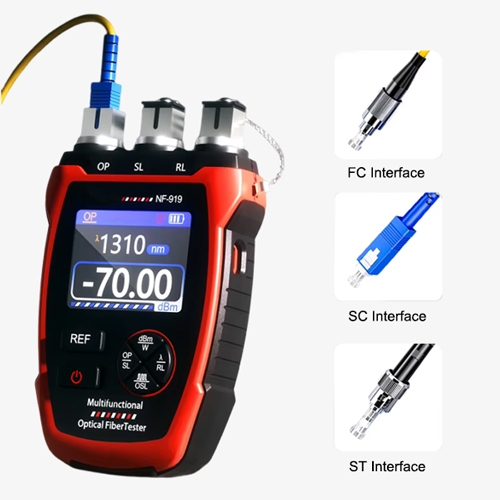
Versatile Connectivity, Safe Charging, and Accurate Optical Testing
- 2.5mm Universal Interface: compatible with FC, SC, and ST fiber optic connectors, meeting various connector requirements. Users can easily replace adapter heads and ceramic ferrules.
- Mainstream Type-C Charging Interface: features a built-in 1500mAh lithium battery with intelligent protection against overcharging, overcurrent, overvoltage, and short circuits.
- Automatic Optical Power Frequency Recognition: supports testing at six wavelengths, with a measurement range of -70 to 9 dBm and an accuracy of ±0.3 dB.
Applications
Fiber optical power meter can be widely used in optical cable construction and maintenance, optical fiber communication, optical fiber sensing, CATV and other fields. It is mainly used for the measurement of continuous optical signal power, optical fiber line loss test, optical device insertion loss test, optical fiber breakpoint location, end-to-end optical fiber identification, etc.
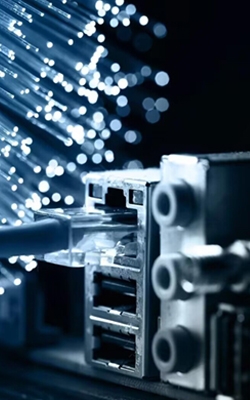
Optical Fiber Communicate
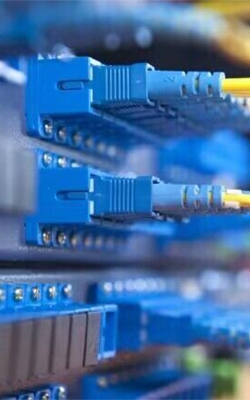
Optical Fiber Sensing
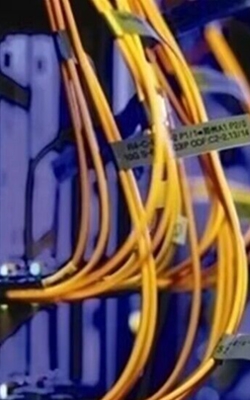
CATV
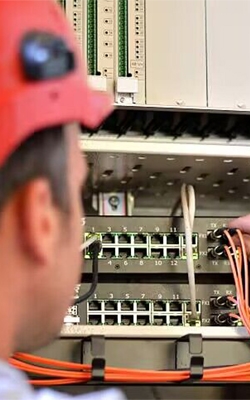
Optical Cable Const.&Maint.
| Model | SISCO-PQA-NF919 | |
| Display | Color display | |
| Red Light | Steady on/Flashing | |
| Wavelength: 650nm | ||
| Light Source | Wavelength: 1310/1550nm | |
| Frequency: 270/1000/2000Hz | ||
| OPM (optical power meter) Test | Unit: dBm/(m、u)Nw | |
| Wavelength: 850/980/1270/1300/1310/1490/1550/1577/1625/1650nm | ||
| REF function | ||
| AUTO Shutdown | √ | |
| Low Battery Warning | √ | |
| Working Temperature | -20°C~50°C | |
| Power | 3.7V 1500mA lithium (not including) | |
| Size | 139*84*29mm | |
Dimension (mm)
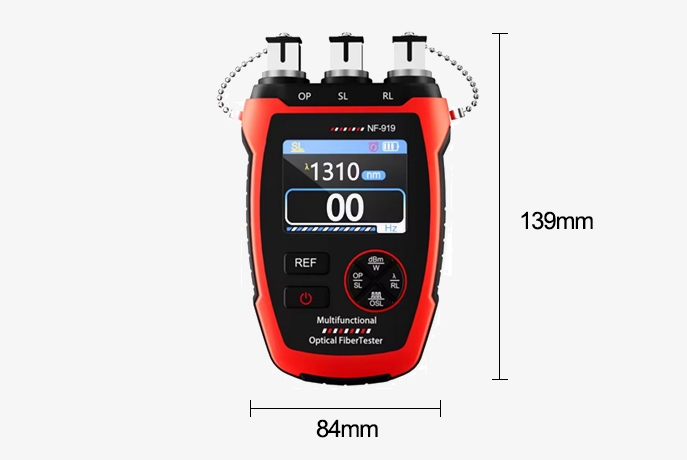
Details
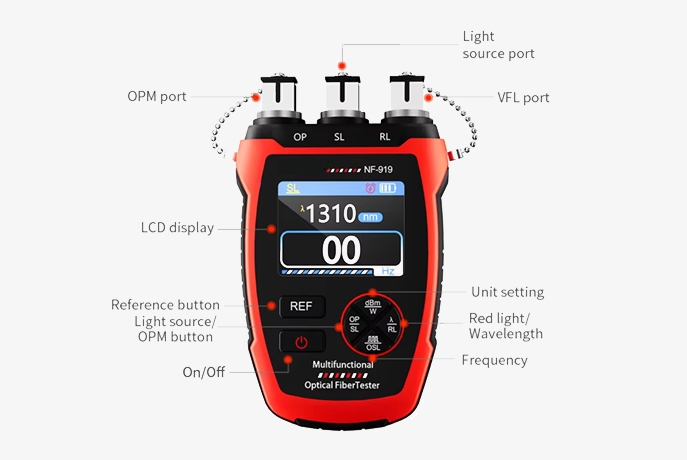
Packing List
- 1 x Optical Power meter
- 1 x USB TYPE-C cable
- 1 x Quality certificate
- 1 x Lithium battery precautions card
- 1 x Carry bag
- 1 x User manual
- 1 x Packing box
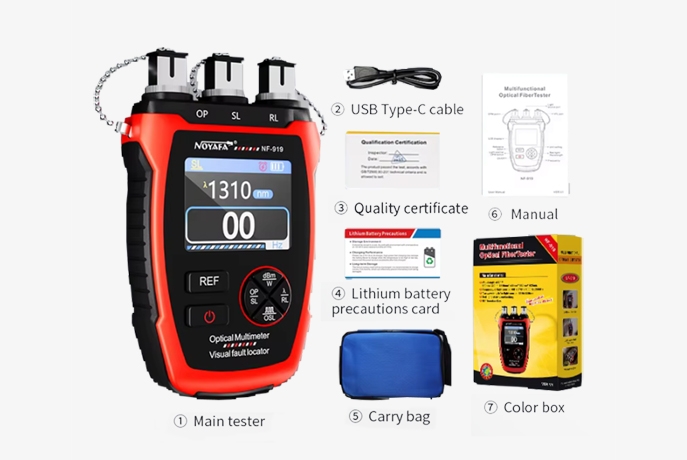
Q1: What do EN61326-1:2013 and EN61326-2-2:2013 compliance standards mean?
A1: EN61326-1:2013 and EN61326-2-2:2013 are European standards that define the requirements for electromagnetic compatibility (EMC) for electrical equipment used in industrial and laboratory environments. Compliance with these standards ensures that a device, such as a fiber optic power meter, can operate without causing or being affected by electromagnetic interference in these settings. EN61326-1:2013 covers the general requirements for all equipment, while EN61326-2-2:2013 provides additional requirements specific to test and measurement equipment, ensuring reliable and accurate performance in environments with potential electromagnetic disturbances.
Q2: Why is wavelength selection important in a fiber optic power meter?
A2: Wavelength selection is crucial in a fiber opm because different optical signals are transmitted at specific wavelengths, depending on the type of fiber and the application. Accurate measurement of the optical signal's power requires the power meter to be tuned to the correct wavelength, as signal strength can vary significantly across different wavelengths. Incorrect wavelength selection can lead to inaccurate measurements, potentially compromising the performance of the network. Therefore, having a power meter that supports a range of wavelengths ensures versatility and precision in various testing and troubleshooting scenarios within fiber optic systems.
Q3: What wavelengths do fiber optic power meter typically measure?
A3: Fiber optic power meter typically measure a range of wavelengths commonly used in fiber optic communications. The most standard wavelengths include 850nm, 980nm, 1300nm, 1310nm, 1490nm, 1550nm, 1625nm, and 1650nm. These wavelengths cover the primary bands used for data transmission in various types of optical fibers, including multimode and single-mode fibers, ensuring that the power meter can accurately measure the signal strength across different fiber optic networks.
Tips: How does a fiber optic power meter work?
A fiber optic power meter works by measuring the optical power of light transmitted through a fiber optic cable. The device uses a photodetector to capture the light signal, which then converts the optical energy into an electrical signal. This electrical signal is proportional to the power of the light entering the meter. The power meter processes this electrical signal and displays the optical power level, typically in units such as decibels-milliwatts (dBm), decibels (dB), or milliwatts (mW). The user selects the appropriate wavelength on the meter to match the wavelength of the light being measured, ensuring accurate readings. This process allows technicians to verify signal strength, troubleshoot issues, and ensure the fiber optic network is functioning correctly.
Thank you for buying industrial test and measurement equipment on SISCO.com, all products sold by SISCO and the partner cover a 12 months warranty, effective from the date of receiving the products.
What is covered?
SISCO is responsible for providing free spare parts, and free technical support to assist the customer to repair the defective products until the problem is solved.
What is not covered?
- Product purchased from anyone other than a SISCO store or a SISCO authorized reseller.
- Expendable parts.
- Routine cleaning or normal cosmetic and mechanical wear.
- Damage from misuse, abuse or neglect.
- Damage from use of parts other than SISCO approved.
- Damage from use outside the product’s usage or storage parameters.
- Damage from use of parts not sold by SISCO.
- Damage from modification or incorporation into other products.
- Damage from repair or replacement of warranted parts by a service provider other than a SISCO authorized service provider.
- Damage caused by the application environment not meeting the product usage requirements and the failure to perform preventive maintenance.

